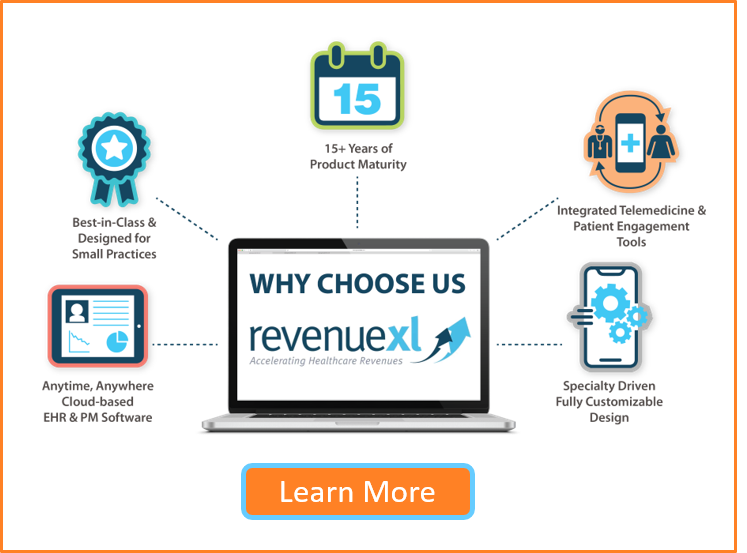Modifier 25 is a critical component in medical billing, allowing providers to report significant, separately identifiable Evaluation and Management (E/M) services performed on the same day as another procedure. Understanding its proper application can help prevent claim denials, ensure compliance with payer requirements, and optimize reimbursement.
What is Modifier 25?
Modifier 25 is used to indicate that a significant and separately identifiable E/M service was performed by the provider on the same day as another procedure. This ensures that the additional effort involved in diagnosing or managing a patient’s condition is properly documented and reimbursed. Without this modifier, the E/M service could be bundled into the procedure, resulting in lost revenue for the practice.
Key Preconditions for Using Modifier 25
To appropriately use Modifier 25, the following conditions must be met:
-
Significant and Separate Service:
-
The E/M service must address a condition distinct from the primary reason for the procedure.
-
It should involve additional work beyond routine preoperative or postoperative care.
-
-
Same Day Services:
-
Modifier 25 is applicable only when both the E/M service and the procedure are performed on the same day.
-
-
Thorough Documentation:
-
The medical record must include sufficient detail to substantiate the need for a significant and separately identifiable E/M service.
-
This includes clear delineation of the E/M service and procedure.
-
Importance of Thorough Documentation
Documentation is the backbone of compliance and reimbursement when using Modifier 25. Here are some key elements to include:
-
Patient History: Clearly document the patient’s chief complaint and any additional conditions or concerns addressed during the visit.
-
Examination Details: Provide comprehensive notes on the examination, focusing on the findings related to the separate E/M service.
-
Medical Decision Making (MDM): Outline the clinical reasoning and decisions that justify the separate E/M service.
-
Procedure Documentation: Clearly differentiate the procedure from the E/M service to demonstrate they are distinct.
Example: A patient comes in for a planned minor procedure but also presents with new symptoms, such as acute joint pain, requiring an in-depth evaluation. Modifier 25 would be appropriate if the provider documents the additional assessment and management of the new condition.
Common Misconceptions About Modifier 25
There are several misconceptions about Modifier 25 that can lead to improper use or claim denials. Below are the most common misunderstandings:
-
Different Diagnoses Are Required:
-
Myth: Modifier 25 can only be used when the E/M service addresses a condition unrelated to the procedure.
-
Fact: The same diagnosis can justify both the E/M service and the procedure as long as the E/M service is significant and separately identifiable.
-
-
Routine Preoperative Work Qualifies:
-
Myth: Modifier 25 can be used for routine preoperative evaluations.
-
Fact: Routine work associated with a procedure is included in the procedure’s reimbursement and does not qualify for Modifier 25.
-
-
Modifier 25 Guarantees Payment:
-
Myth: Adding Modifier 25 ensures the claim will be paid.
-
Fact: Payers scrutinize claims with Modifier 25, and insufficient documentation can result in denials.
-
Practical Examples of Modifier 25 Application
To illustrate proper usage, here are real-world scenarios:
Correct Usage:
-
A patient is scheduled for a routine wart removal but also reports symptoms of dizziness. The provider conducts a comprehensive evaluation to rule out underlying causes of dizziness. Modifier 25 applies because the evaluation is a significant and separate service.
Incorrect Usage:
-
A patient undergoes a minor laceration repair, and the provider documents a brief preoperative assessment of the injury. Modifier 25 would not apply because the assessment is part of the procedure.
Understanding Payer Policies and Compliance
Payers often have unique guidelines for claims involving Modifier 25. Providers must:
-
Review Payer-Specific Rules:
-
Some payers may require additional modifiers or documentation to support claims with Modifier 25.
-
-
Conduct Regular Audits:
-
Internal audits can identify patterns of improper use and help practices implement corrective actions.
-
-
Stay Informed About Changes:
-
Payer policies and coding requirements evolve over time. Ensure your billing staff is trained and up-to-date.
-
Advanced Tips for Using Modifier 25
-
Leverage Technology:
-
Use billing software that flags claims involving Modifier 25 for review before submission. This ensures compliance with payer guidelines.
-
-
Train Your Staff:
-
Regular training sessions for providers and billing teams can reduce errors and denials related to Modifier 25.
-
-
Implement Standardized Processes:
-
Develop checklists or workflows for providers to follow when documenting services requiring Modifier 25.
-
Conclusion
Modifier 25 is a valuable tool for ensuring providers are reimbursed for the full scope of their work. However, its misuse can lead to compliance issues and payment denials. By understanding its requirements, documenting services thoroughly, and staying informed about payer-specific policies, providers can optimize their billing practices and maintain compliance.
For further assistance with medical billing and coding, contact RevenueXL. Our experts can help streamline your billing processes and improve your revenue cycle management.
Disclaimer
This content is intended for informational purposes only and should not be considered a substitute for official coding references or payer guidelines. Readers are encouraged to consult the Current Procedural Terminology (CPT) manual, payer-specific policies, and official coding resources for accurate and up-to-date information on Modifier 25 and its appropriate usage.






